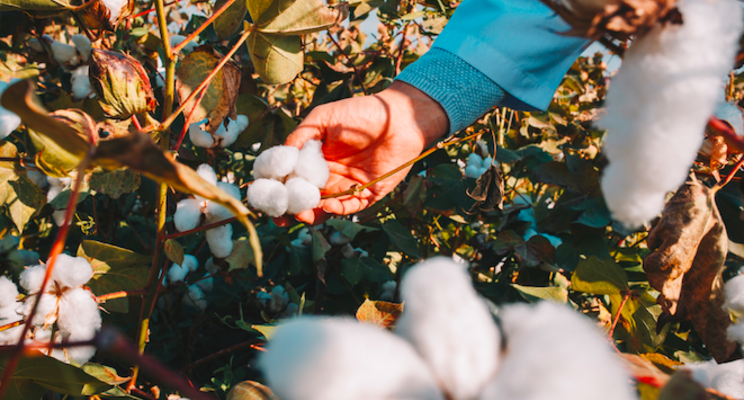Dutch cotton from greenhouses?
Added on 11 December 2021

In a greenhouse, controlled cultivation is possible with less use of raw materials. In addition, water and nutrients can be collected and reused, for example. That is why last year seeds of eight different cotton varieties were sown in a greenhouse at the research location in Bleiswijk. Since then, a Greek variant has grown - Greece is a prominent cotton country. In addition, some high-quality varieties are grown. These ensure high-quality cotton, and it is precisely in that segment that there is still room on the international cotton market.
The aim of the trial is to investigate how as many kilograms of cotton per square meter as possible can be grown, with the highest possible value. This makes it possible to recoup the additional costs for cultivation in a greenhouse. This production can be optimized in various ways, for example by allowing the crop to grow higher, through a higher planting density or through more cultivation rounds per year.
The research into the cultivation of cotton is financed by the company Dutch Cotton BV.
Source: Wageningen University & Research
Photo created by azerbaijan_stockers - www.freepik.com
Source: Wageningen University & Research
More news















